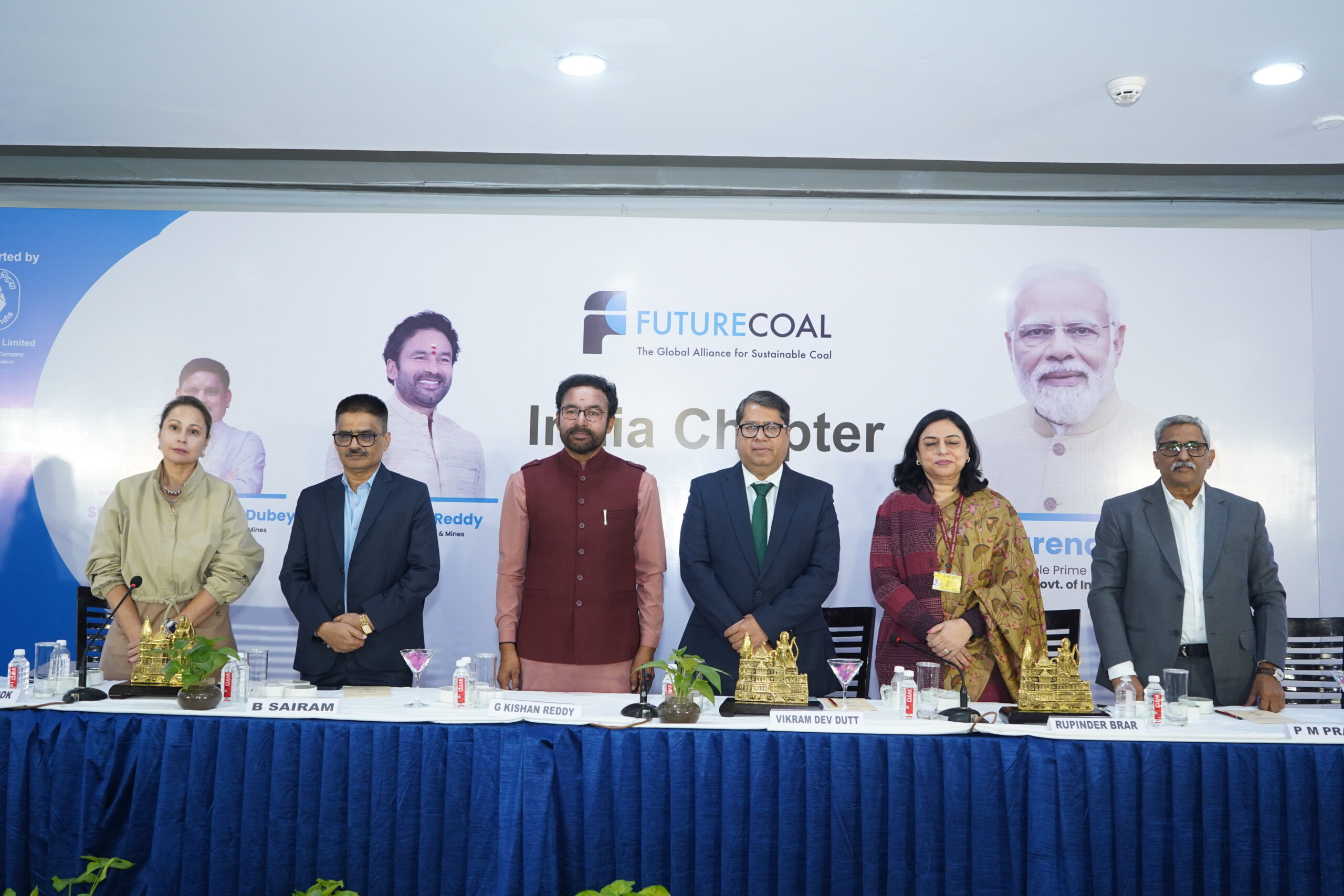
Reducing emissions from coal: A role for the World Bank
World Coal Association
For many developing countries, especially those across emerging Asia, excluding coal from the energy mix is simply not an option because improved energy access drives economic development.
According to the IEAs Energy Access Outlook 2017 report, nearly all of those who gained access to electricity worldwide in the last 16 years, did so through new grid connections, mostly from fossil fuels 45% of which came from coal. It currently provides 38% of the worlds electricity and is essential in the production of 71.5% of the worlds steel and 70% of cement.
Rising coal use in Asia also highlights a need for greater focus on emissions reduction. This is why as an organisation, the WCA works with stakeholders to promote the role that technology can play in helping coal-reliant countries to develop a pathway for zero emissions coal. This way countries can balance economic priorities with climate objectives.
Since the Paris Agreement in 2015, the World Coal Association has encouraged and supported the 24 countries, representing half of the worlds emissions, that identified a role for cleaner coal technology within their climate pledges.
Raising capital for long-term energy infrastructure investments
With this in mind, power producers need to raise project capital at the lowest cost possible in order to build energy infrastructure that will deliver reliable electricity at affordable prices and, at the same time, have the required environmental controls to reduce emissions.
In less developed economies, however, raising this finance can present significant challenges as local capital markets may not support the type of long-term financing required for energy infrastructure investments.
A number of international financial institutions, such as multilateral development banks (MDBs), have been established to address these challenges and promote growth in emerging economies. Since 2013, however, the World Bank and several other similar bodies have adopted policies that concentrate lending on a narrow portfolio of technologies, while excluding others. Support for coal-fuelled power, for instance, may only be given in ‘rare and exceptional circumstances.
The introduction of such measures appears at odds with the role coal-fuelled power is expected to play in many developing and emerging countries. In 2018, there was 492 GW of coal capacity under construction or in development globally, complementing the 2TW in operation.
Rather than curtailing demand for coal, there is growing evidence that the approach followed by the World Bank has created a void filled by alternative funding partners that often may not apply the same stringent efficiency standards and environmental protections that MDBs have historically championed.
Supporting low emission coal technologies
There is growing momentum towards reviewing international coal financing. The WCA would encourage any new approach to be based on these two-steps:
- Support the switch to best available high efficiency low emissions (HELE) technology: the construction of the most suitable HELE coal plant with modern emission control technologies where that facilitates the delivery of commitments made by a country within their NDC under the Paris Agreement. Wherever practical, the involvement of the World Bank or other MDBs in financing such projects should facilitate the inclusion of concepts of CCUS-readiness in plant design.
- Help drive the pathway to zero emissions from coal: engage with the relevant national government to support strategies for the development of CCUS technology as part of that countrys long-term climate action plan under the Paris Agreement.
The World Coal Association sees a critical role for the World Bank and other financial institutions in extending financing to encourage cleaner forms of power from coal. Coal will have a continuing part to play in the global energy mix for decades to come. Accordingly, we should work to ensure the best available technologies are deployed. Reforming World Bank policy also provides the opportunity to help drive zero emissions from coal by adopting long-term climate action plans that support the deployment of carbon capture, use and storage (CCUS).
To find out more, read our report: Reducing emissions from coal: A role for the World Bank.
This article was originally published in the November/December 2018 issue of World Coal Magazine.


